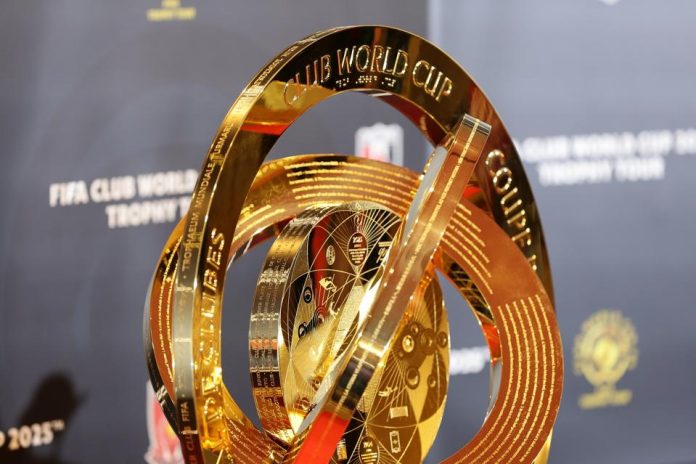The 2025 FIFA Club World Cup has officially come to a close, but for the African clubs that participated, the tournament delivered much more than just competitive football — it brought in millions in prize money. With FIFA rolling out its new expanded 32-team format, the stakes — and the rewards — were higher than ever before.
Held across various cities in the United States between June 14 and July 13, this revamped edition of the Club World Cup featured teams from six confederations — CAF (Africa), UEFA (Europe), AFC (Asia), CONMEBOL (South America), OFC (Oceania), and CONCACAF (North America). The event marked a major shift in FIFA’s vision, positioning the tournament as a new pinnacle in global club football, backed by an eye-watering total prize pot of USD 1 billion (approximately Ksh129 billion).
African Representation and How They Earned
Africa sent four clubs into the tournament, each earning their spot through CAF’s set pathways. Egyptian giants Al Ahly and Moroccan powerhouse Wydad AC qualified by virtue of their CAF Champions League triumphs, while Esperance de Tunis (Tunisia) and Mamelodi Sundowns (South Africa) secured their tickets via CAF ranking slots.
Although none of the African sides managed to progress past the group stages, their participation still guaranteed them hefty financial rewards. This year’s payout structure was determined based on club coefficients, allowing even group-stage teams to walk away with millions.
Mamelodi Sundowns — Africa’s Biggest Winners
South Africa’s Mamelodi Sundowns emerged as the highest-earning African side, banking a staggering USD 13.6 million (approximately Ksh 1.625 billion). As the top-ranked African club in the FIFA coefficients, Sundowns’ earnings served as a testament to their consistency on the continental stage in recent years.
Al Ahly and Esperance: Matching Millionaires
Two of Africa’s most storied clubs — Al Ahly and Esperance de Tunis — both took home USD 11.6 million each (roughly Ksh 1.496 billion). The duo shared identical coefficients, which translated into equal financial rewards despite their varied performances in continental competitions over the past seasons.
Wydad AC Still Crosses the Billion Mark
Though they were the lowest earners among African clubs — and second-lowest overall in the tournament — Wydad AC still raked in USD 9.6 million (around Ksh 1.238 billion). Even in their lowest payout bracket, the Moroccan side still hit the billion mark in Kenya shillings, proving the massive impact of FIFA’s expanded prize fund.
A USD 46.4 Million Payday for Africa
In total, African clubs took home USD 46.4 million (an estimated Ksh 6 billion), which represented 4.64% of the total prize money distributed in the tournament. While that may seem like a modest share of FIFA’s massive purse, the earnings provided a significant financial boost to the respective clubs, many of which operate on comparatively lean budgets back home.
The Bigger Picture: Why This Matters for African Football
For clubs across Africa, the financial rewards from such tournaments can transform their operations — funding player recruitment, improving infrastructure, and enhancing competitiveness in domestic and continental competitions. With FIFA confirming that the Club World Cup will be held every four years, eyes are now firmly set on the 2029 edition, with clubs across the continent eager to qualify and cash in.
Global Perspective: The Big Earners
While African clubs made a notable impact, the big money unsurprisingly flowed to the giants of Europe. Chelsea FC, who clinched the tournament title, walked away with USD 114.6 million (approximately Ksh 14.783 billion), while runners-up Paris Saint-Germain earned USD 106.9 million (Ksh 13.79 billion).
On the flip side, Auckland City FC from New Zealand ended as the lowest earners of the tournament, though even they pocketed a respectable USD 4.6 million (Ksh 593 million), highlighting the financial reach of the new FIFA format.
As the dust settles, African clubs — and their fans — can reflect on a historic competition where even early exits came with billion-shilling windfalls.
READ NEXT:


